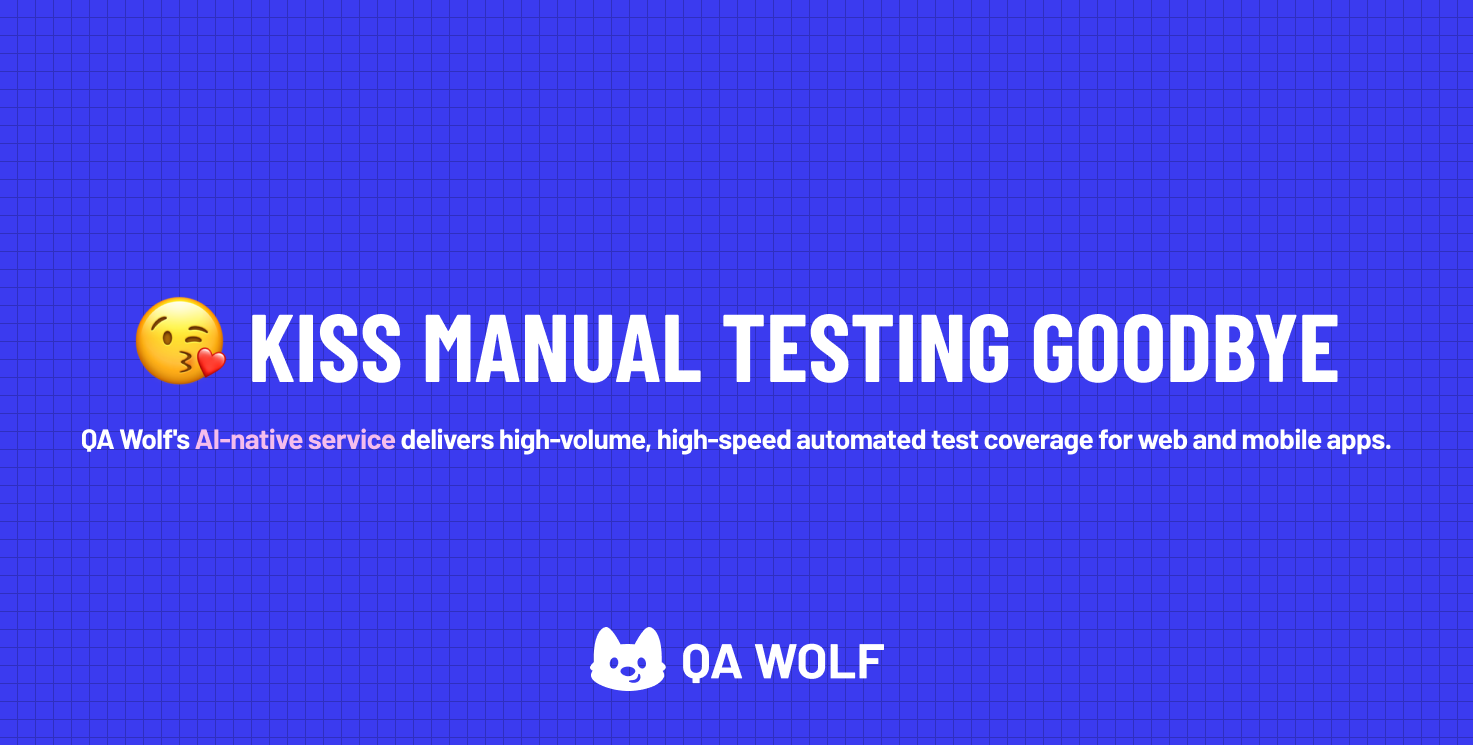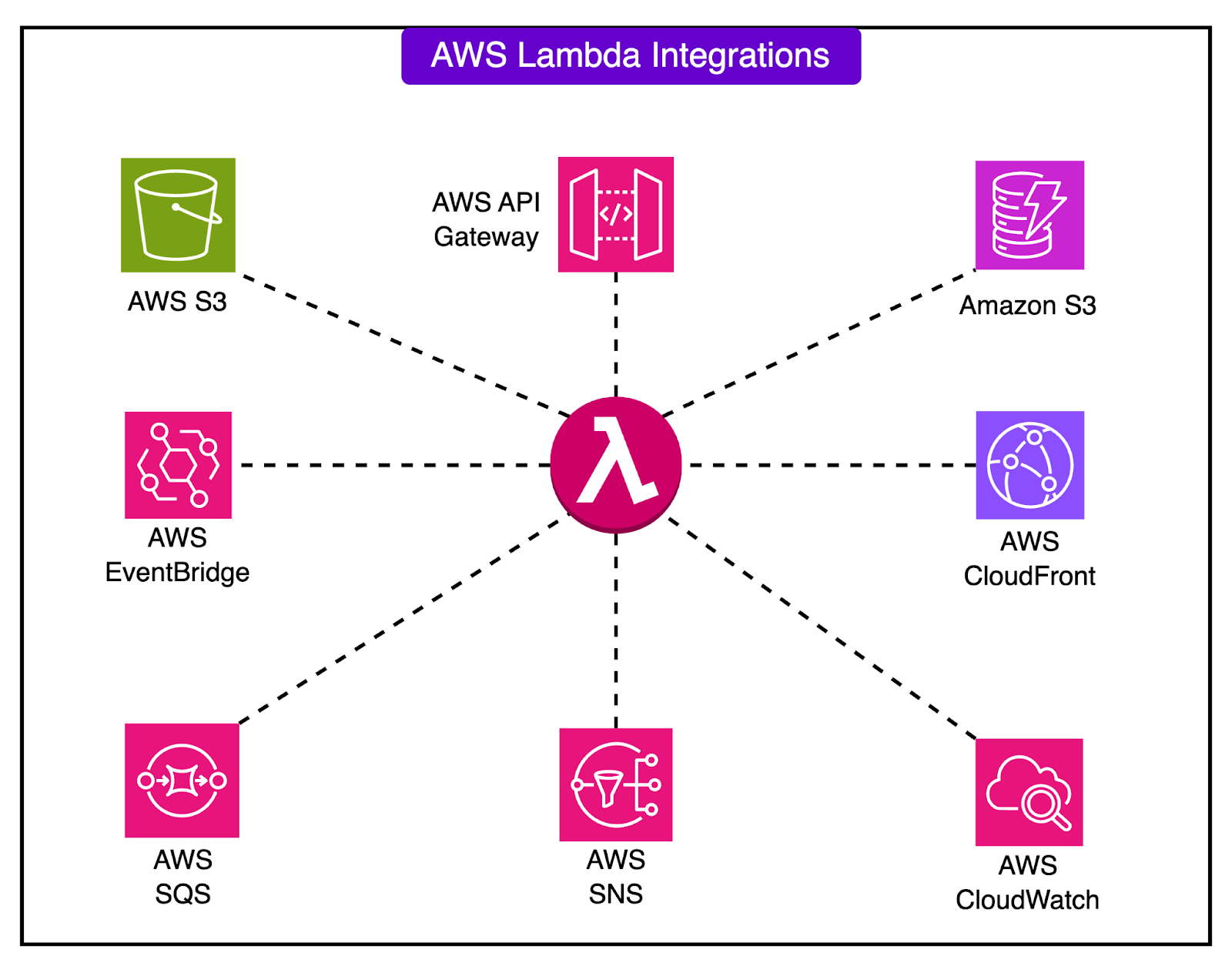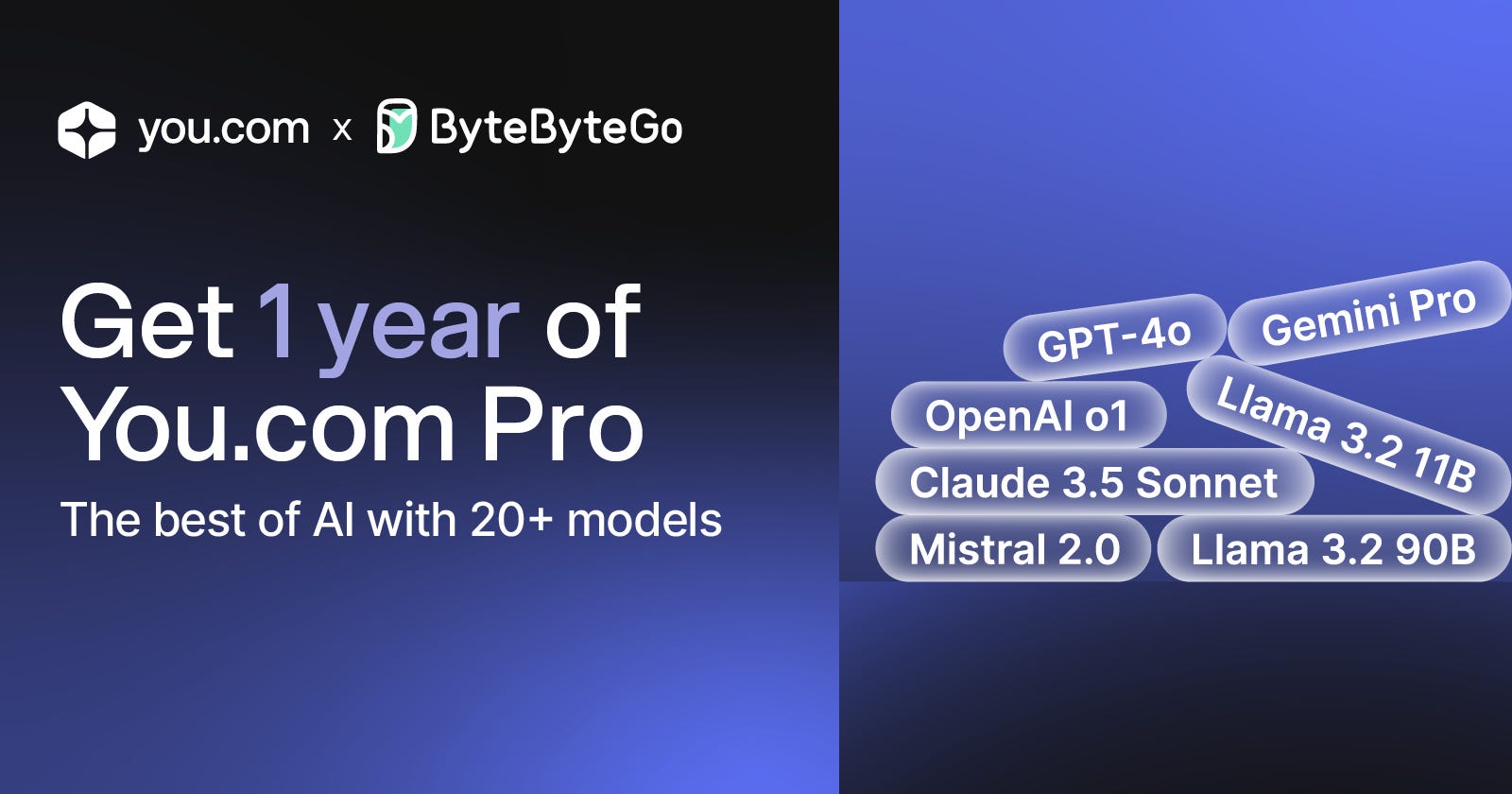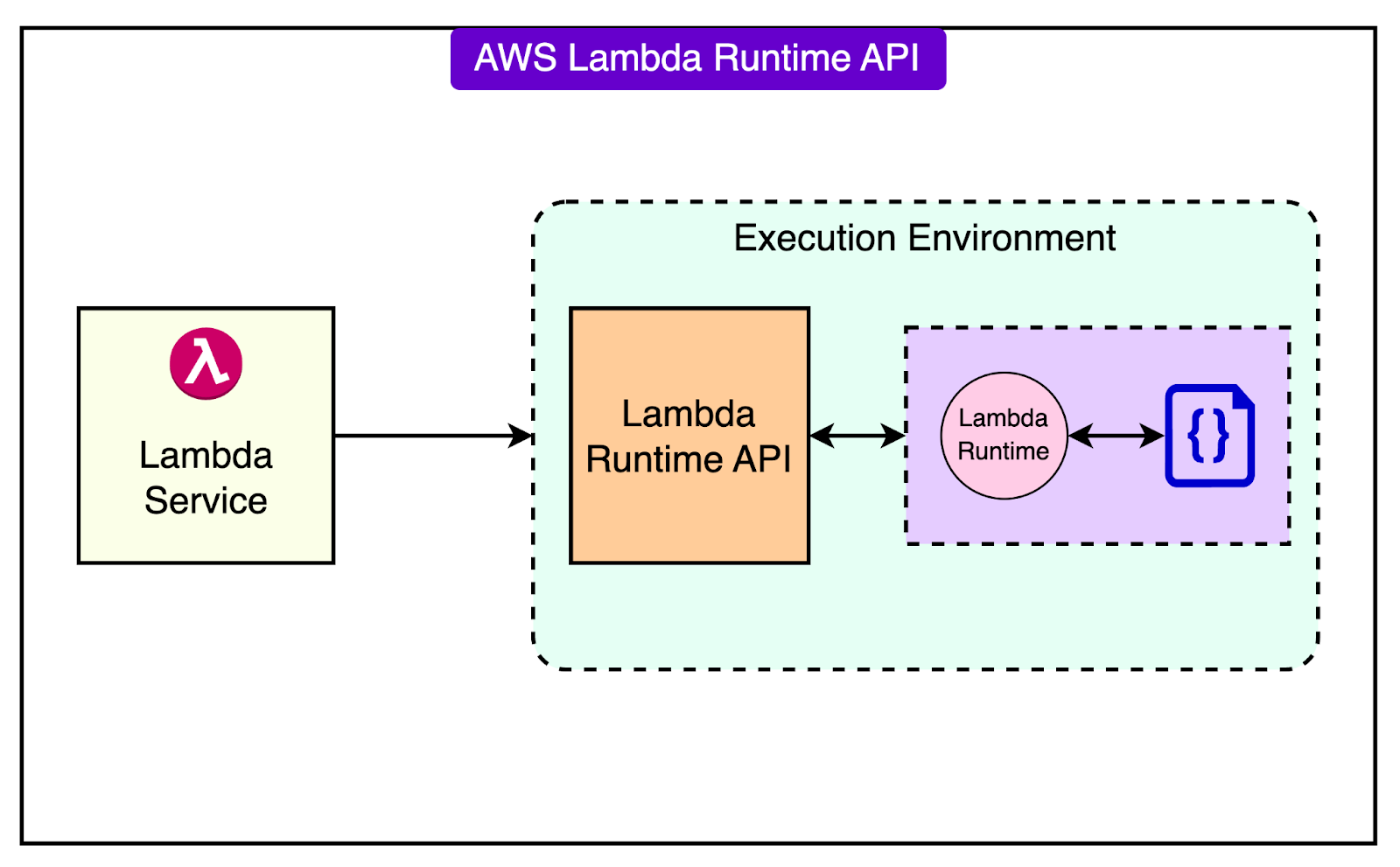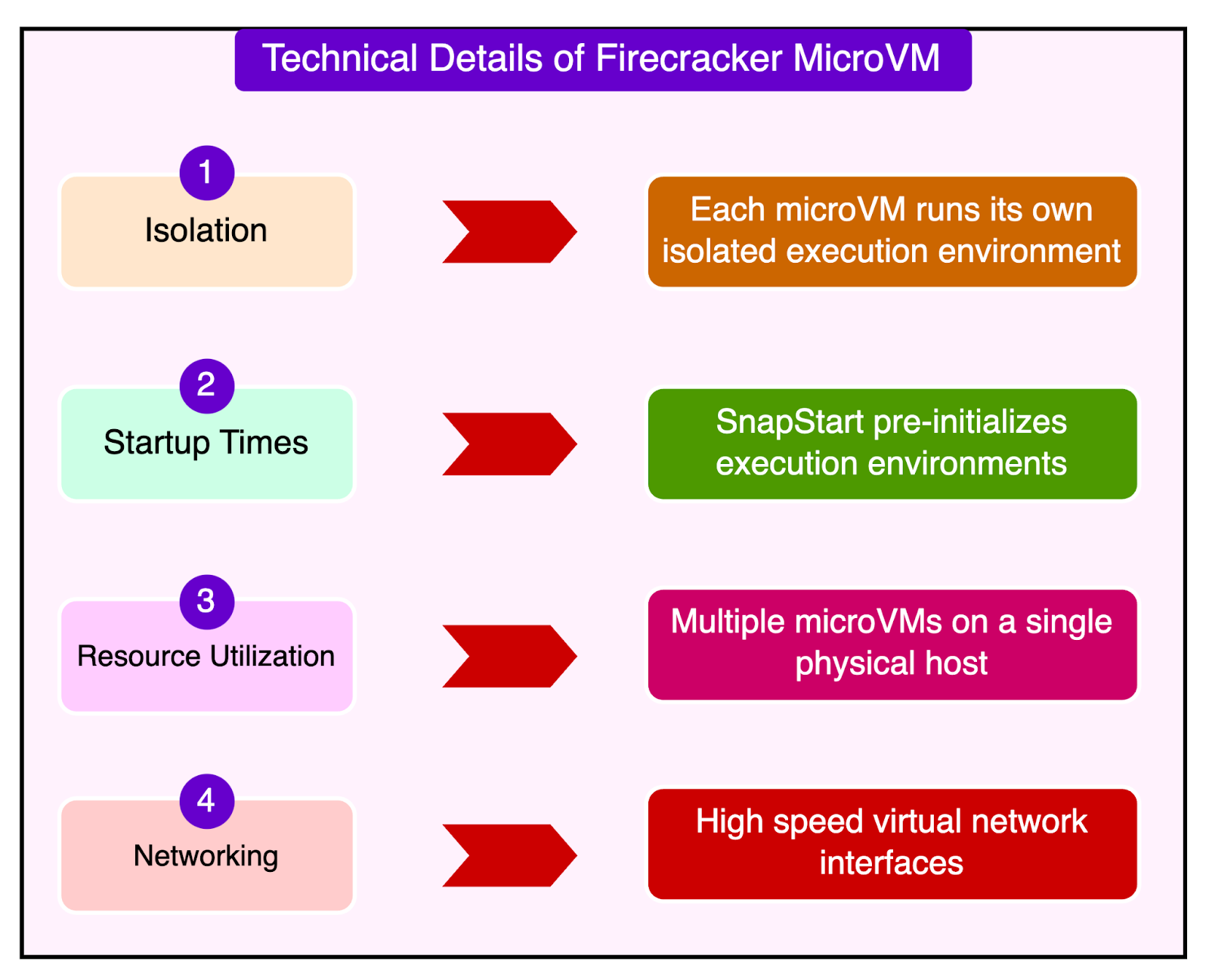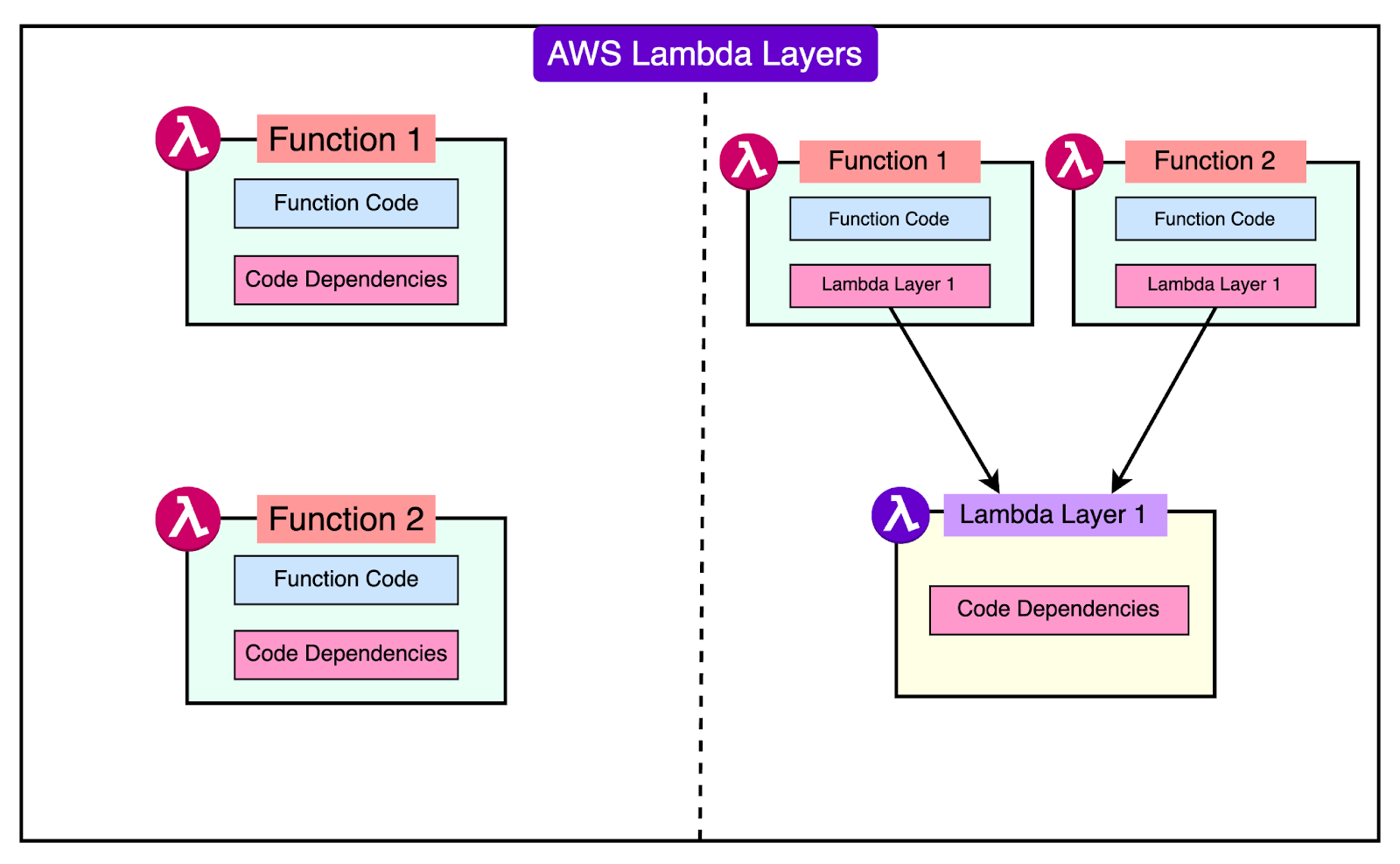- Mailing Lists
- in
- AWS Lambda Turns 10
Archives
- By thread 5410
-
By date
- June 2021 10
- July 2021 6
- August 2021 20
- September 2021 21
- October 2021 48
- November 2021 40
- December 2021 23
- January 2022 46
- February 2022 80
- March 2022 109
- April 2022 100
- May 2022 97
- June 2022 105
- July 2022 82
- August 2022 95
- September 2022 103
- October 2022 117
- November 2022 115
- December 2022 102
- January 2023 88
- February 2023 90
- March 2023 116
- April 2023 97
- May 2023 159
- June 2023 145
- July 2023 120
- August 2023 90
- September 2023 102
- October 2023 106
- November 2023 100
- December 2023 74
- January 2024 75
- February 2024 75
- March 2024 78
- April 2024 74
- May 2024 108
- June 2024 98
- July 2024 116
- August 2024 134
- September 2024 130
- October 2024 141
- November 2024 171
- December 2024 115
- January 2025 216
- February 2025 140
- March 2025 220
- April 2025 233
- May 2025 239
- June 2025 303
- July 2025 224
Boost Your Production Efficiency with Our BLDC & AC Motor Solutions
[Speaker Spotlight] Meet the experts leading the discussion at SAP Business Unleashed
AWS Lambda Turns 10
AWS Lambda Turns 10
😘Kiss Manual Testing Goodbye—Ship 5x Faster (Sponsored)Build features without the drag of multi-day QA Cycles. QA Wolf covers 80% of your web and mobile app with automated tests in just four months, then maintains and updates them 24/7. Unlimited parallel test runs validate every change in minutes, not days. The zero flakes guarantee cuts out false alarms and wasted engineering hours. Salesloft saves $750k a year by running over 300 tests on each PR—a clear example of how QA Wolf transforms QA speed and efficiency. Spend less time stressing over slow test suites and more time delivering what your customers need. Take your releases from bottlenecked to blazing-fast! Disclaimer: The details in this post have been derived from multiple AWS reInvent talks and articles by the Amazon engineering team. All credit for information about AWS Lambda’s internals goes to the presenters and authors. The link to these videos and articles is present in the references section at the end of the post. We’ve attempted to analyze the details and provide our input about them. If you find any inaccuracies or omissions, please leave a comment, and we will do our best to fix them. AWS Lambda turned 10 recently. Like with most innovations at Amazon, Lambda’s origin was rooted in the team’s observation of how customers used existing services. The AWS engineering team noticed that many customers were maintaining entire fleets of EC2 instances to handle sporadic tasks such as writing data to a database, processing files, or performing other minor functions. These instances often sat idle but consumed resources both in terms of customer costs and AWS infrastructure. This inefficiency signaled a gap in the AWS offerings. There was no service designed to handle short-lived, lightweight computational tasks without the need for constant resource provisioning. AWS aimed to address this problem by creating a service that could:
The goal was to make it possible for developers to "just run some code" efficiently, securely, and cost-effectively, without the complexity of managing an EC2 fleet. This led to the birth of AWS Lambda at the end of 2014. In this article, we’ll explore how the AWS engineering team approached the creation of AWS Lambda and the innovations they have made over the years to address customer needs. The Concept of AWS LambdaAt Amazon, crafting internal documents, such as PR/FAQs (Press Release/Frequently Asked Questions), is a foundational practice for developing new ideas and products. The process of creating these documents is designed to clearly articulate the product vision before working on it. Writing requires the authors to be explicit about the goals, capabilities, and limitations of the proposed product. These documents help anticipate customer and stakeholder concerns. Also, the FAQ section forces the teams to think through potential questions and challenges. The initial draft is rarely perfect and goes through feedback and revision cycles. This ensures that ideas are refined and weaknesses are addressed. The PR/FAQ for Lambda identified key customer problems, such as the need for cost-effective, scalable, and secure execution of short-lived tasks. It envisioned a serverless model that freed developers from managing servers, anticipated features like fine-grained billing and multi-language support, and laid the foundation for innovations like Firecracker and Lambda Layers. Core Features at LaunchAWS Lambda introduced groundbreaking capabilities that transformed how developers approach application development and infrastructure management. Some key features were as follows: Serverless ComputingLambda pioneered the serverless paradigm, allowing developers to run code without provisioning, managing, or scaling servers. Here’s how it works in practice:
This approach eliminates the need for server capacity planning and lets the developers concentrate on their application rather than operational overhead. How I use 20+ AI models in one app(PRESENTED BY YOU.COM)I routinely have ChatGPT, Claude, and Gemini open side-by-side because each model excels at tasks that the others don't. That’s why I like using You.com, the tool that combines the most popular AI models in one app:
Ends soon: Access 12 months of Pro at no cost ($180 value). Just visit the offer page to redeem your special offer as a ByteByteGo newsletter subscriber. Supported Languages and Deployment OptionsInitially, Lambda only supported Node.js, a popular JavaScript runtime. Node.js was chosen for its lightweight nature and existing usage among AWS developers. To make it work, Lambda functions must adhere to specific runtime conventions (for example, the exports.handler function in Node.js). Over time, support was expanded to languages like Python, Java, Ruby, Go, .NET, and custom runtimes. Lambda supported deployment via ZIP files, allowing developers to bundle their code and dependencies for easy upload. Integration with Git repositories simplified workflows for developers who could link their source code repositories to deploy directly. Cost EfficiencyLambda introduced fine-grained billing, where customers paid only for the compute time consumed by their functions. It was a major shift from traditional EC2-based hosting models. The time was rounded to the nearest 250ms at launch. However, it was later reduced to 1ms billing for even greater cost efficiency. Also, AWS offered a generous free tier, which included a set number of invocations and execution times per month, encouraging developers to experiment with Lambda at no cost. Developers could choose memory allocation between 128 MB and 10 GB (as of 2023 updates), and Lambda would automatically allocate proportional CPU power. Key Innovations Over the DecadeAWS Lambda has significantly evolved since its launch, incorporating new features and capabilities that have expanded its use cases and improved performance. Support for Additional RuntimesAs mentioned earlier, Lambda supported only Node.js at launch. Over the years, AWS added support for popular languages to cater to a broader developer base. Here’s when different languages were added:
In 2018, they also introduced custom runtimes. Introduced with the Runtime API, this feature allowed developers to implement Lambda functions in virtually any language by packaging their runtime binaries. See the diagram below: Containerization SupportIn 2020, Lambda began supporting container images, enabling developers to package their functions as Docker containers. This was particularly useful for large dependencies exceeding the 250 MB limit of traditional ZIP-based deployments. By allowing containers up to 10 GB in size, Lambda could support complex workloads like machine learning inference and data-heavy applications. A couple of technical benefits were as follows:
Reducing Cold Start LatencyCold starts occur when Lambda initializes a runtime environment for a function that hasn’t been invoked recently. This adds latency, especially for languages like Java that require significant initialization. The AWS engineering team made a couple of enhancements to address this: 1 - Firecracker MicroVMsInitially, AWS Lambda used EC2 instances to run functions, dedicating a T2 instance to each tenant. This was secure but inefficient, leading to high overhead due to the need to provision entire EC2 instances for each function. In 2018, AWS introduced Firecracker. Firecracker is a lightweight virtual machine manager (VMM) designed to run serverless workloads such as AWS Lambda and AWS Fargate. It creates and manages microVMs using Linux’s Kernel-based Virtual Machine. MicroVMs are isolated, secure environments that are much faster to start than traditional virtual machines. They are designed to boot in milliseconds, significantly reducing the cold start latency for Lambda functions. 2 - SnapStartWhen a Lambda function is invoked and there isn’t an already running execution environment, Lambda has to create a new one. This involves several steps:
These steps can take time, especially for complex functions or runtimes like Java, which have longer startup times. SnapStart is a feature designed to reduce cold start latency by pre-initializing the execution environment and then using snapshots. It pre-warms function environments and captures a snapshot of the initialized runtime. Lambda reuses this snapshot during subsequent invocations, bypassing the initialization process and significantly reducing startup time (up to 90%). See the diagram below that shows how SnapStart works. Lambda LayersIntroduced in 2018, Layers allow developers to share common dependencies (for example, libraries, binaries, and configuration files) across multiple functions. Here’s how it works:
See the diagram below that shows the concept AWS Lambda Layers: Lambda Layers help reduce deployment package size by separating common code from individual function code. This simplifies version management for shared dependencies. Some common use cases for Lambda Layers are as follows:
Ecosystem ImprovementOver the years, the AWS engineering team has integrated Lambda with services like API Gateway, EventBridge, S3, DynamoDB, and SQS to build complex, event-driven architectures. AWS improved provisioned concurrency, allowing developers to pre-warm environments for latency-sensitive applications. The AWS Serverless Application Model (SAM) and AWS CDK also simplified the development and deployment of serverless applications. Operational Excellence in AWS LambdaAWS Lambda was designed to simplify cloud application development while prioritizing key operational goals: security, scalability, and cost-effectiveness. Here’s how these goals help different stakeholders.
ConclusionLambda introduced the world to serverless computing where developers focus entirely on code and application logic, leaving infrastructure management to the cloud provider. Organizations across industries, from startups to large enterprises, leverage Lambda to build scalable, cost-effective, and event-driven applications. Over its first decade, Lambda has evolved through a relentless focus on customer needs. Customers often use services like Lambda in ways the creators didn’t anticipate, driving the need for continuous innovation and feature expansion. Therefore, customer feedback has been instrumental in shaping Lambda’s capabilities. Looking ahead, AWS aims to further optimize cold starts and runtime performance, particularly for latency-sensitive applications. Greater integration with AWS and non-AWS services is expected, enabling Lambda to support a wider range of architectures and technologies. References: SPONSOR USGet your product in front of more than 1,000,000 tech professionals. Our newsletter puts your products and services directly in front of an audience that matters - hundreds of thousands of engineering leaders and senior engineers - who have influence over significant tech decisions and big purchases. Space Fills Up Fast - Reserve Today Ad spots typically sell out about 4 weeks in advance. To ensure your ad reaches this influential audience, reserve your space now by emailing sponsorship@bytebytego.com. © 2025 ByteByteGo |
by "ByteByteGo" <bytebytego@substack.com> - 11:35 - 28 Jan 2025
